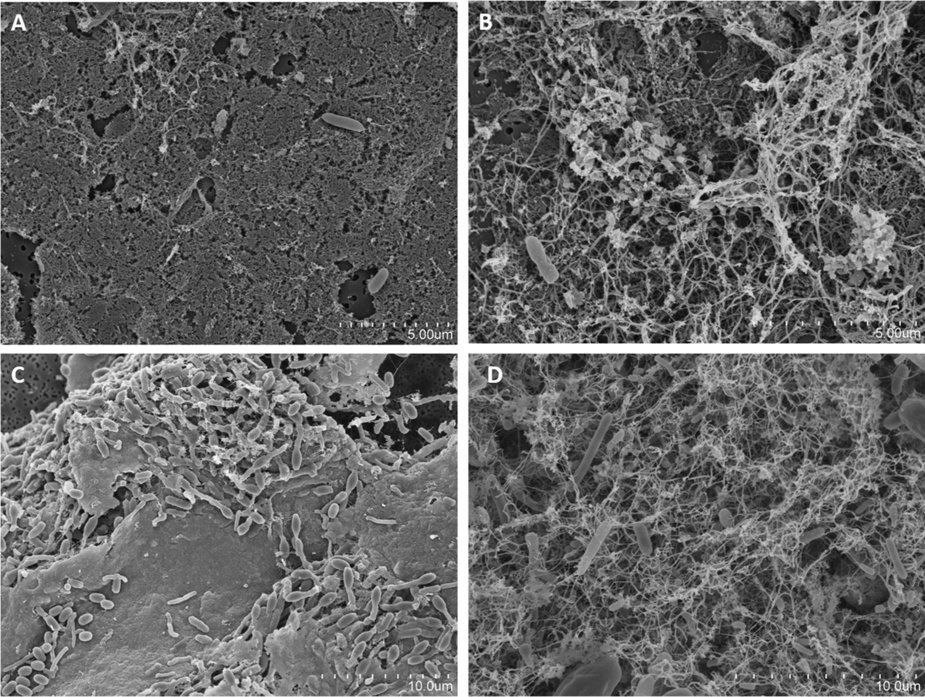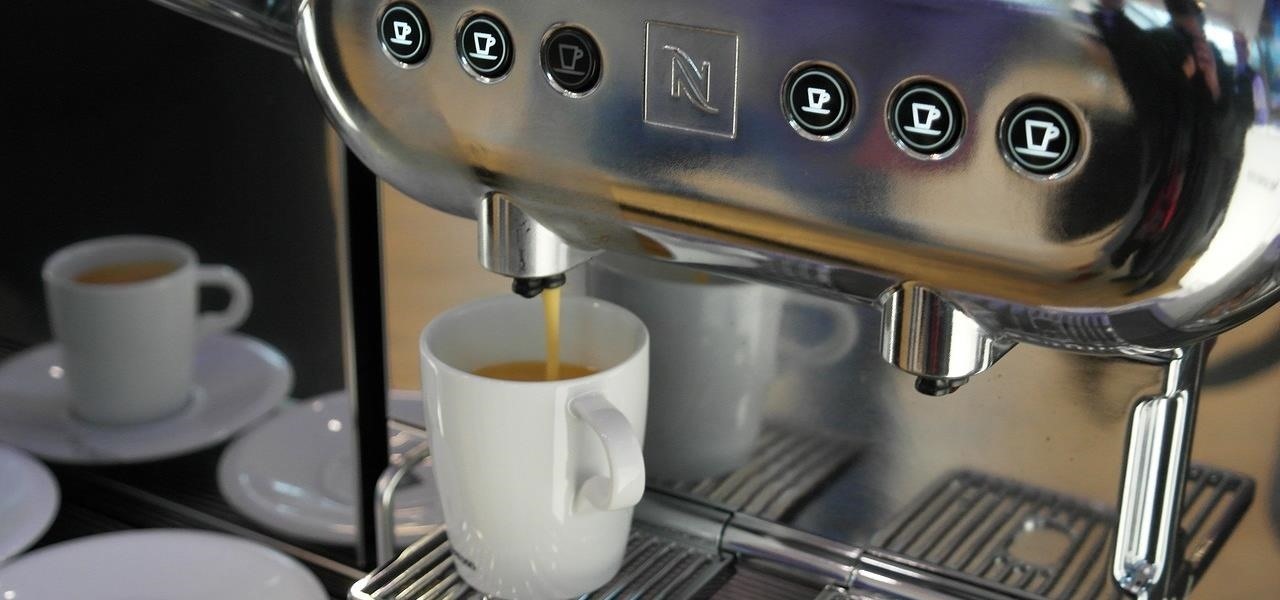You just sat down, coffee in hand, and the day is ready to start. Now that you have taken a few sips, let me pose a question: What is living in that coffeemaker of yours? The answer might make you dump that coffee down the drain pronto.
Extremophiles are rugged microbial individualists that make their home in extreme environments. Better known for living in otherwise uninhabitable conditions like undersea hydrothermal vents, volcanoes, and solid rock, they may also be in the drip tray of your espresso machine.
At home, work, or your local café, you might think the espresso machine is sanitized daily by the near-boiling water used for making your coffee beverage. Yet a study published in Scientific Reports last year by researchers at the Universitat de València suggests there is a lot going on in the shady neighborhood beneath the drip tray.
Extremophiles typically have an extremely diverse diet. They consume things like iron, salts, and noxious liquids, which makes them useful for studies that look for biologically better ways to handle hazardous or other waste. For example, some scientists are cultivating extremophiles to safely consume radioactive waste.
But what do radioactive waste and extremophiles have to do with that cup of coffee that is getting cold on your desk right now? (If you haven't already disposed of it.)
Let's take a look at one of the well-known components of coffee beans—caffeine.
What the Coffee Dregs Say at the End of the Day
For some, the jolt of caffeine in the morning is as attractive as the taste of their favorite brew. That good morning wake-up-your-central-nervous-system buzz comes to you from the caffeine that occurs naturally in coffee beans.
In addition to offering an energy boost, studies have demonstrated that caffeine has antibacterial qualities. Because of those antibacterial properties, the researchers at the Universitat de València wanted to better understand if caffeine-containing coffee rushing through a Nespresso maker could kill off the bacteria growing in the overflow reservoir beneath the cup tray.
The study's authors also wanted to understand whether bacteria that could tolerate the drip tray of an espresso machine could have a future as part of a clean biological process to decaffeinate coffee or consume other caffeine waste products through bioremediation. Bioremediation is the use of microorganisms to consume or break down environmental pollutants—like using extremophile bacteria to consume radioactive waste.
So how long has it been since you cleaned the Nespresso machine? Researchers found that all that hot liquid does not sanitize the place, but breeds extremophiles that eventually call your your drip tray "home."
A Cup of... Bacteria?
The study authors sampled the drip tray of nine Nespresso coffee machines from a variety of academic and domestic environments. These machines had been in use for more than a year. Data was also gathered from one new Krups Nespresso Inissia machine set up specifically for the experiment. The Nespresso brand was chosen because it is a commonly used, popular machine.
Over two months, researchers collected and analyzed samples from the waste coffee in the capsule containers of the nine Nespresso machines and the newer Krups one using sterile pipettes and techniques that included gene monitoring and a scanning electron microscope (SEM). All the detachable pieces were rinsed once, on Day 28, with plain tap water. On the images below, the rod-shaped microbes are bacteria.

Sampling and testing illustrated the growth of a robust, diverse microbial community. Much like an open meadow area that fills in with opportunistic grasses, plants, woody brush, and then trees, the drip tray was quickly inhabited by more simple species, like Pantoea sp. and Cloacomonas sp., before being replaced by new arrivals.
Interesting points of the study include:
- The growth of bacterial communities was approximately the same in the new, clean machine, as in the other nine machines already in use.
- The bacterial colonies were roughly similar, whether they grew in community or limited use (home) machines.
- The high temperatures and types of coffee did impact the type of bacteria growing in the coffee dregs.
- Many of the bacteria identified are naturally associated with coffee beans and hulls.
- Caffeine did not prevent bacterial colonization in the drip trays of these machines. In fact, coffee leach spawns a rich biome of bacteria quite comfortable living in an environment that is anything but caffeine-free.
The study describes a rich variety of microbes, including those that tolerate and break down caffeine. Manuel Porcar, a scientist on the research team, told WonderHowTo:
The bacteria we identified are close to being extremophilic, since besides caffeine, they are subjected to cycles of warming and cooling down, this is particularly true for intensively used machines.
The study also notes these resistant bacteria could have potential for use in industrial processes of bioremediation or environmental decontamination.
Keep It Clean
The diverse biome living in your coffee drip tray also impressed the study authors with its resilience, and they offer these tips:
- Bacteria grow and recover fast, so regular maintenance of your coffee machine parts is probably a good idea.
- When cleaning, avoid splashing coffee dregs on the other parts of your machine. As goes for other kinds of food preparation, try to keep contaminated surfaces separate, and wash your hands after cleaning the drip tray.
- Be sure to wash and rinse the machine well, your beverage—and you—could be happier for it. Consider using a product recommended by the manufacturer, to clean your brand of coffee machine. Or use a dishwasher for removable parts, and water and soap, or a few drops of bleach for non-removable components.
While the researchers expected to find bacteria in the drip tray, they did not expect to find quite so much. In addition to other studies, the research team has also explored the microbiome of solar panels. Their aim, Porcar said, is to "unveil Earth's hidden biodiversity."
So tomorrow morning when you go for your first cup of Nespresso, Keurig, Tassimo, Nescafé, or Verismo, the wonderful world of microbes is right there with you.
Just updated your iPhone? You'll find new emoji, enhanced security, podcast transcripts, Apple Cash virtual numbers, and other useful features. There are even new additions hidden within Safari. Find out what's new and changed on your iPhone with the iOS 17.4 update.


























Be the First to Comment
Share Your Thoughts